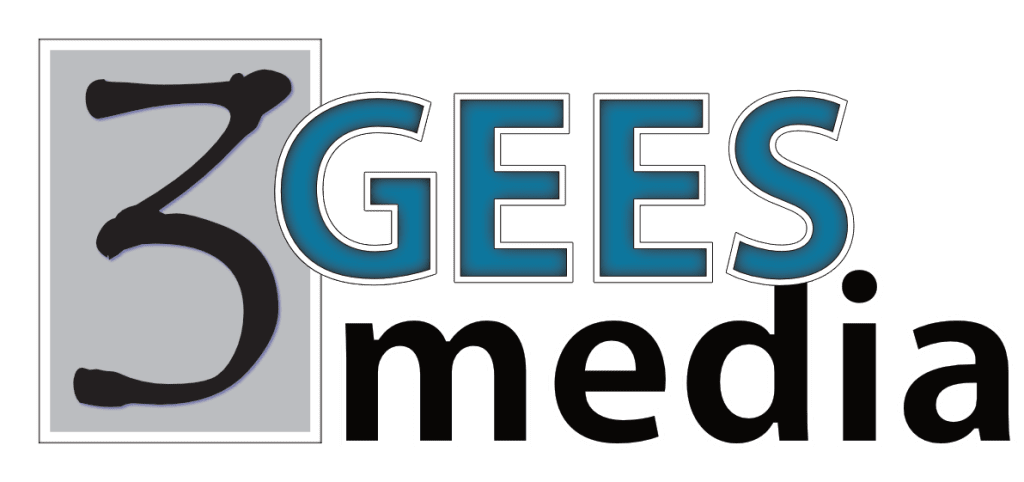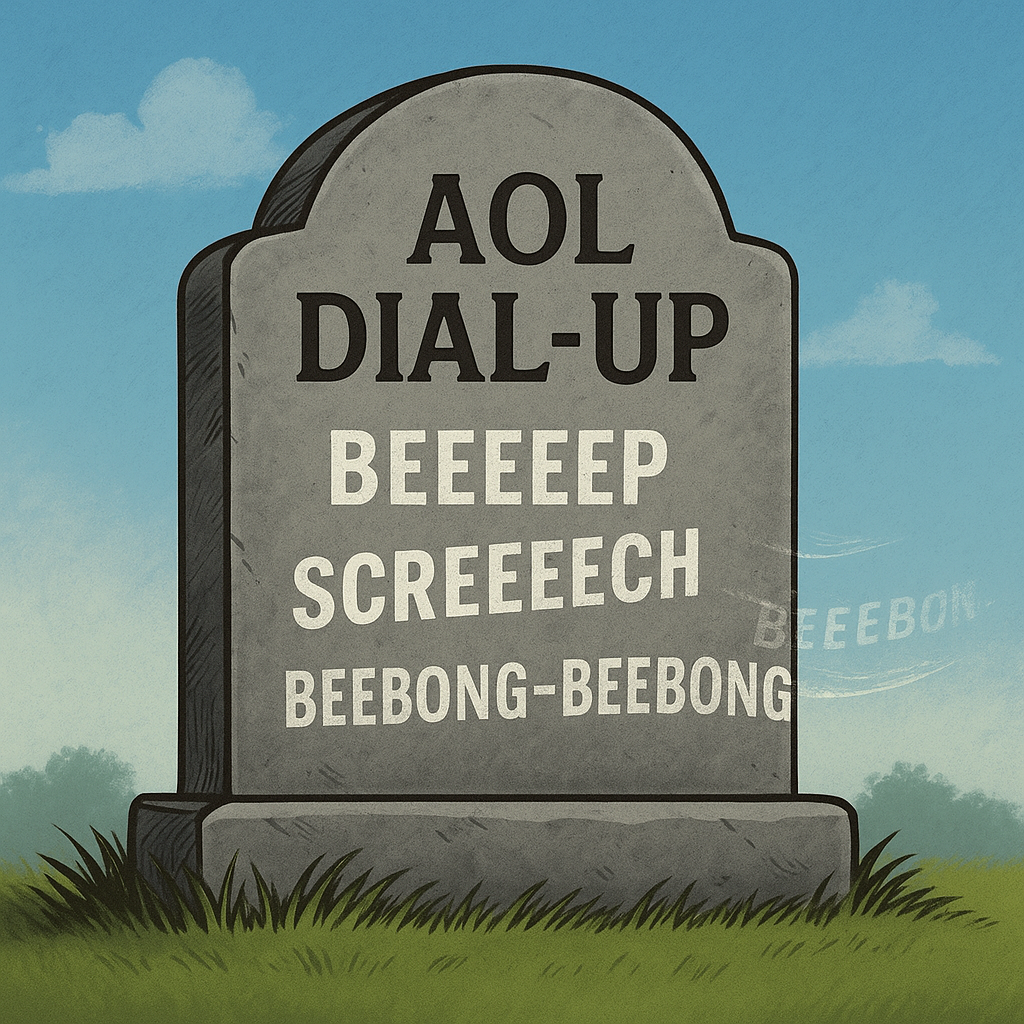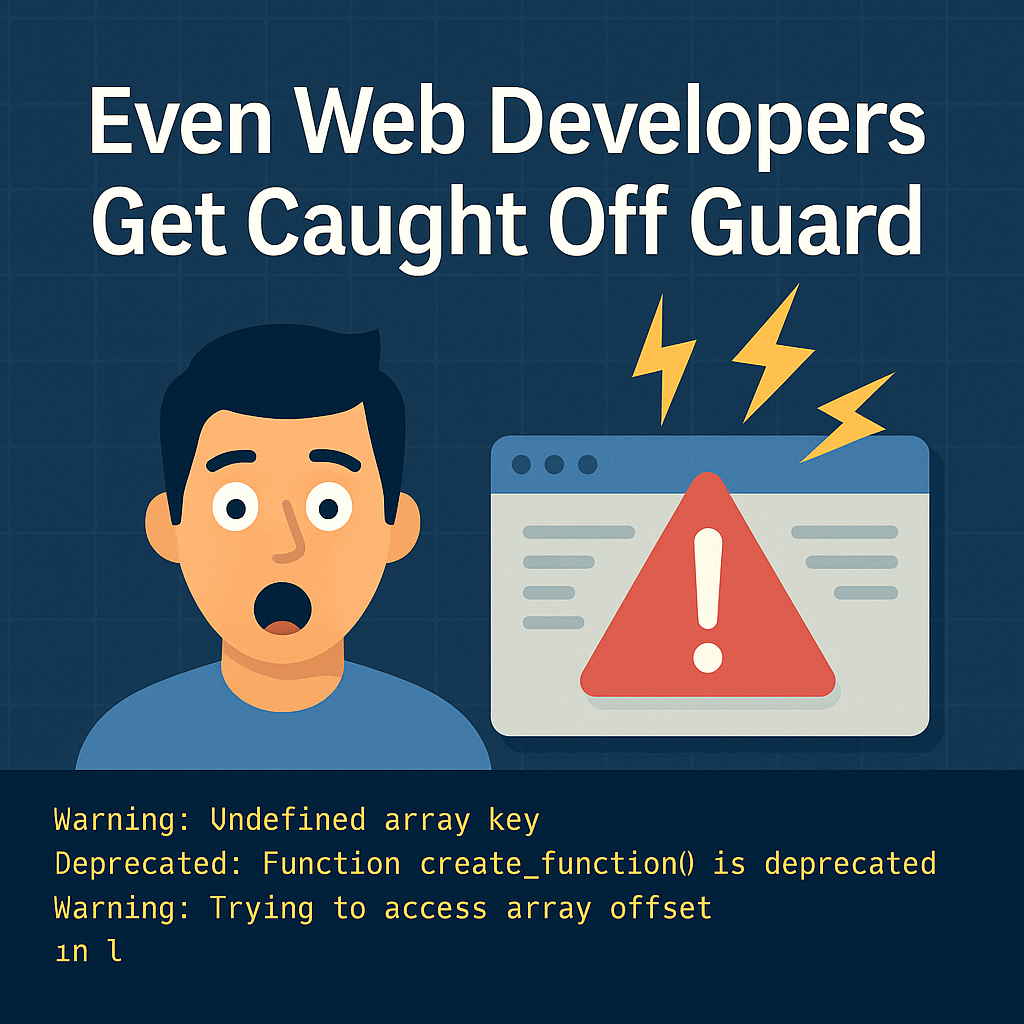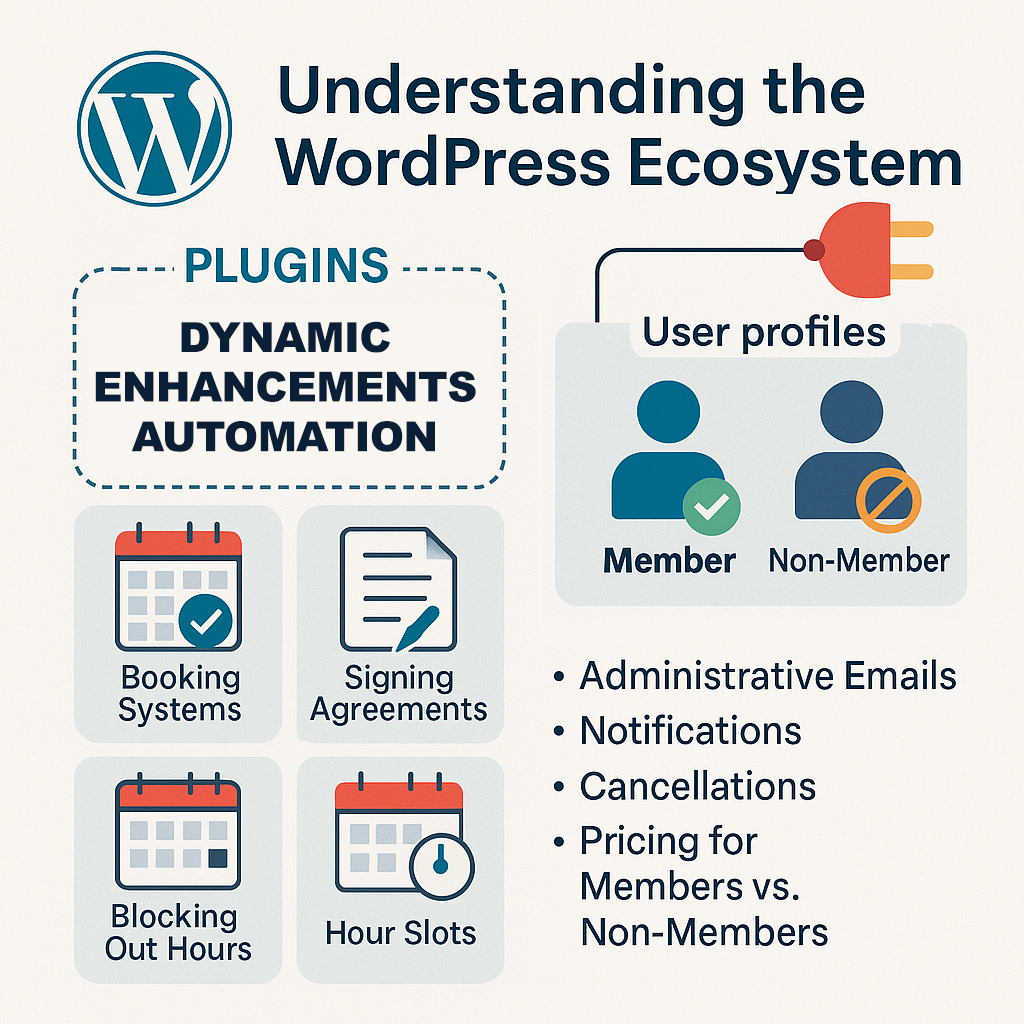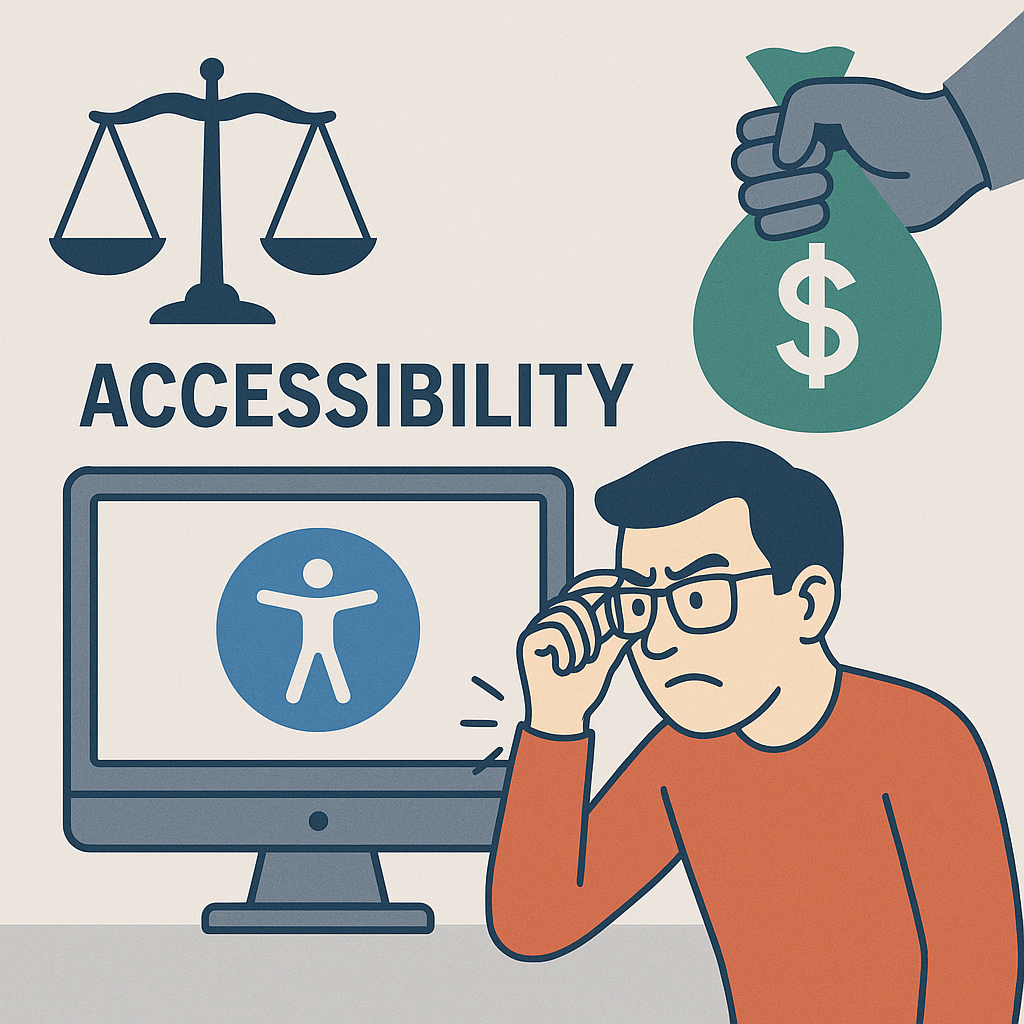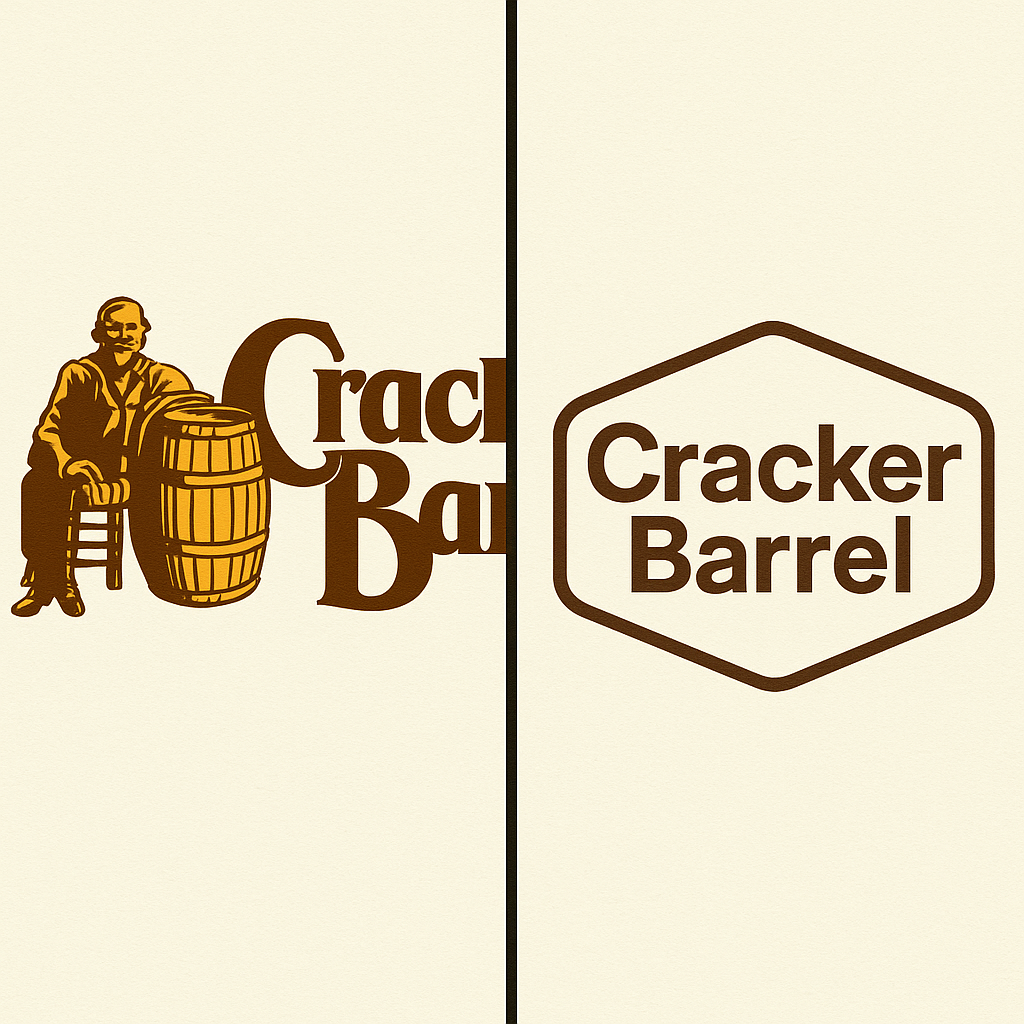In a move that is both unsurprising and somehow still a shock, AOL has quietly announced that it is shutting down its dial-up internet service. As the writer of this piece, I’ll admit—what truly surprises me is discovering it was even still active all these years.
For those of us who came of age in the early days of the internet, the sound of connecting through a phone line—BEEEEEEP, SCREEEECH, BEEBONG-BEEBONG—was as familiar as the hum of the refrigerator. Services like AOL, Quantum Link, CompuServe, and Prodigy were the gateways to a new digital world, introducing millions to chat rooms, instant messaging, email, and the idea that the internet could be part of everyday life.
Dial-up was more than a connection; it was a ritual. You’d log in, often monopolizing the family phone line, and watch the screen slowly load text and images at speeds we now find unthinkable. AOL’s “You’ve Got Mail” wasn’t just an alert—it was an event.
But technology marches on. Broadband, Wi-Fi, and now fiber-optic connections have transformed the online experience. Faster speeds, streaming media, video conferencing, and cloud services have made dial-up not just slow but functionally obsolete. While there may have been a handful of rural or nostalgic holdouts, the writing has been on the wall for years.
AOL’s decision to end dial-up is a final signpost on a road most of us left behind decades ago. It’s the same path followed by floppy disks, VHS tapes, pagers, and other once-essential technologies. While it’s bittersweet to see another chapter of internet history close, it’s also a reminder of how quickly innovation changes our lives—and how the cutting edge of one decade becomes the curiosity of the next.
The days of logging into AOL or Quantum Link (my all time favorite, since I was a Commodore Kid) are firmly in the past. They’ll be remembered fondly by those who were there, but like so many other technologies, they now belong to the realm of nostalgia. For better or worse, the world has moved on.
